Best Time for Everest Base Camp Trek
Overview:This article guides you on the best time to go Everest Base Camp trek. If you are planning to embark on the Everest Base Camp trekking advent...

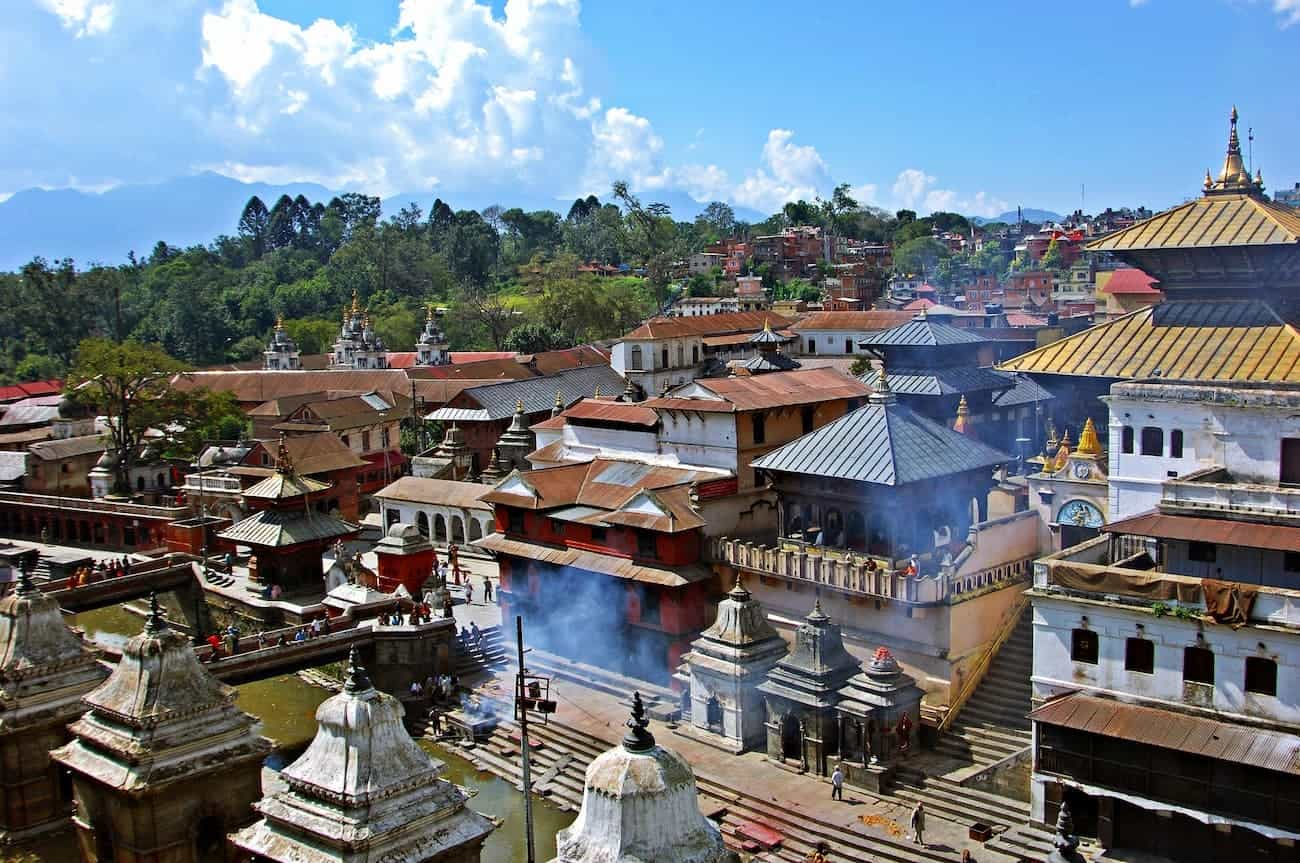
The Pashupatinath Temple is located in Gaushala, just past the Ring Road, about 4 kilometres east of the heart of Kathmandu. For Hindus, it is a very important religious site since it is the national sacred site for all Shiva devotees across the world. Here, tourists find themselves surrounded by a colourful and lively plethora of temples, statues, pilgrims, and sadhus—ascetic holy men. Devotees from all over the world flock to the temple, particularly during the Shiva Ratri festival, which is observed during the full moon in February and March.
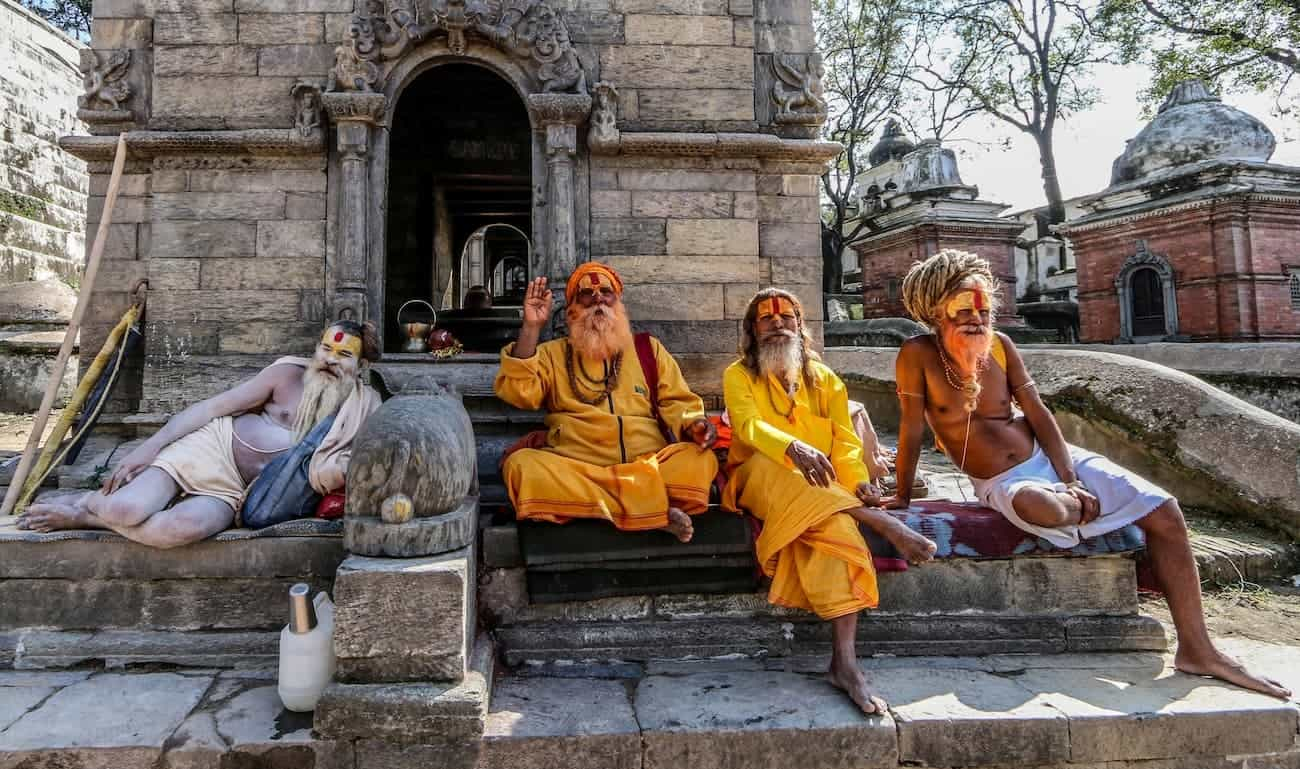
The name "Pashupati" translates to "lord of the Animals," highlighting the fact that animal sacrifice is not permitted at the location. The complex of temples is quite large which is built on an area of 246 hectares (2,460,000 m^2) and has many mini- temples, each narrating its distinctive story. Furthermore, Pashupatinath is well-known for its open-air cremation ceremonies, a poignant and integral part of its spiritual tapestry.
The main temple has four silver doors that date back to the late seventeenth century, and a pagoda covered in gold. Although the temple's current design may have originated during that time, the site's sacred significance probably dates even further, possibly to pre-Hindu animistic practises or even the third century BC.
According to the myth that surrounds the construction of the Pashupatinath Temple, Shiva took the form of a one-horned stag and fled to the forest in this revered location in order to escape his celestial duties. Other gods chased after him, breaking off his horn, which then magically changed into the powerful Pashupati Linga. The linga was afterwards lost, though.
Fascinatingly, a cow came to that exact location on a regular basis and gave milk every time. A bewildered cowherd noticed this and started tailing the cow because they thought something strange was going on. He was surprised that the cow came to this spot every time, even though she never gave milk at home. Confounded, the cowherd decided to excavate the area, leading to the discovery of the shrine object – the linga with four faces.
Inside, the well-known Pashupati Linga from the fourteenth century displays five faces of Shiva that are hidden from view at the top. It's interesting to note that Buddhists claim that one of these faces is the Buddha. The Pashupatinath Temple's extensive history gains a mysterious undertone from this engrossing story.
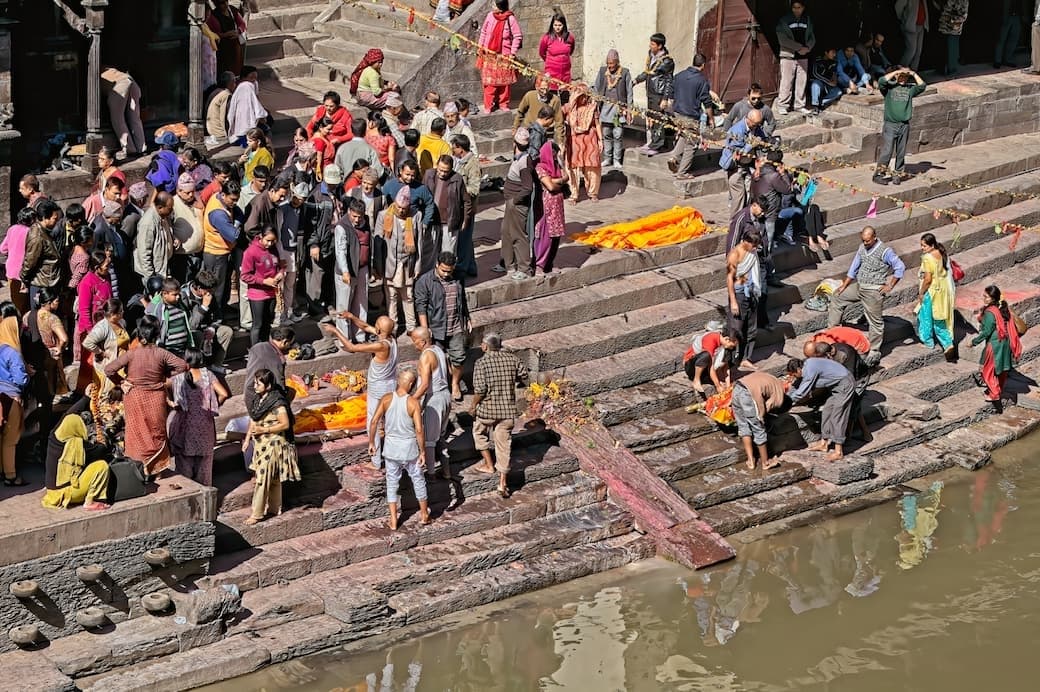
Hindus hold the deeply held belief that cremation and death at the Pashupatinath Temple signifies the pinnacle of religious achievement and guarantees freedom from the cycle of reincarnations. Just a short distance from the main entrance are the twin footbridges that provide views of the riverbank ghats, which are places to bathe and be cremated along the stone embankments. It is believed that couples who take a bath together in this holy river will be reunited in the afterlife.
One important place to visit is the Arya Ghat, which is upstream of the footbridges and is only accessible to VVIPs, which includes powerful politicians and the affluent. This is the location of the Royal Family's cremations, particularly after the June 2001 palace massacre, which required building a makeshift ghat to hold the many royal remains.
When there aren't any cremations going on, you can still see people lying on stretchers with their feet submerged in the Bagmati. Dharmasalas, or pilgrims' rest-houses, are located close to the main temple and are intended for pious Hindus who are nearing the end of their lives. These people are laid out by the riverbank in their last moments and given a final sip of the holy water, which is thought to speed their transition to the afterlife.
The priests and pilgrims of Pashupati Mandir are subject to strict educational and qualification requirements. To perform pujas and lead worship sessions within the hallowed grounds, one must be certified to pass demanding tests on the Vedas and Shiva Agamas. The Bhatta and Rajbhandari are two different orders of priests who perform the daily rites at Pashupatinath. However, the Bhandari are not allowed to conduct pujas; instead, they assist in temple operations.
The priests are highly skilled, dressed in traditional orange robes that are representative of the Pashupati sect. They carefully cover the linga with brocade silk and perform ceremonies that involve the application of curd, ghee, honey, sugar, and milk. Worshippers' contributions enhance their quality of life. You might come across begging people in the Pashupati area, to whom you can give small coins. Furthermore, pigeon seeds can be bought from adjacent markets, offering yet another activity in the temple area.
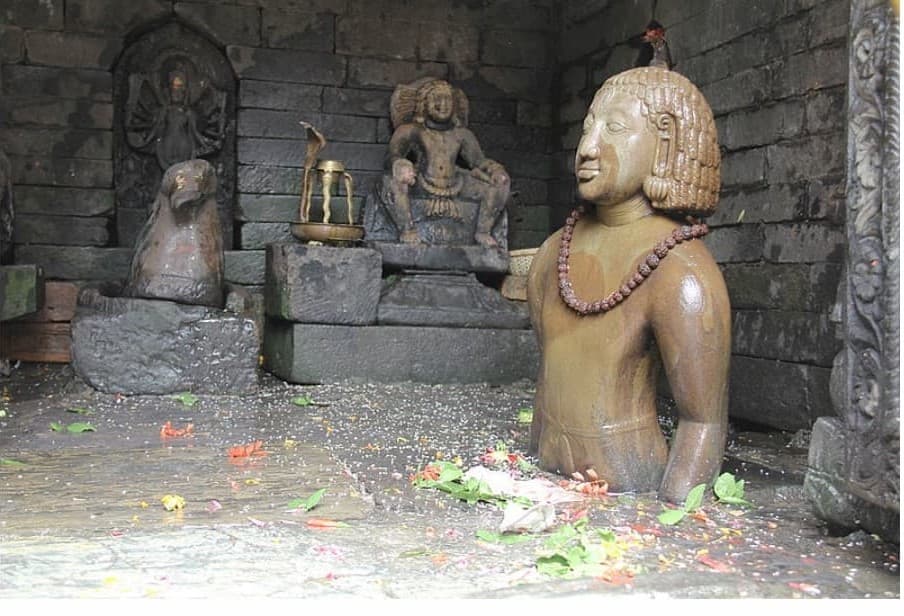
Yes, Kalki, the tenth and last incarnation of Lord Vishnu in Hinduism, is connected to the Virupaksha statue near Arya Ghat in Pashupatinath. Hindus believe that Kalki is supposed to save the world and bring righteousness back during the Kali Yuga, which is the end of the world.
Located in a tiny stone dwelling, the Virupaksha statue is associated with the Kalki Avatar. The Bagmati River is partially submerged beneath the statue. Diverse perspectives exist regarding the statue's destiny: some contend that it is progressively sinking and that its total disappearance will mark the end of an era; others hold that Virupaksha will rise from the waters when he has accrued enough merit from pilgrims' visits.
The religious stories that are deeply ingrained in Hinduism's cultural fabric are reflected in the symbolism surrounding Virupaksha and the eagerness for Kalki's return.
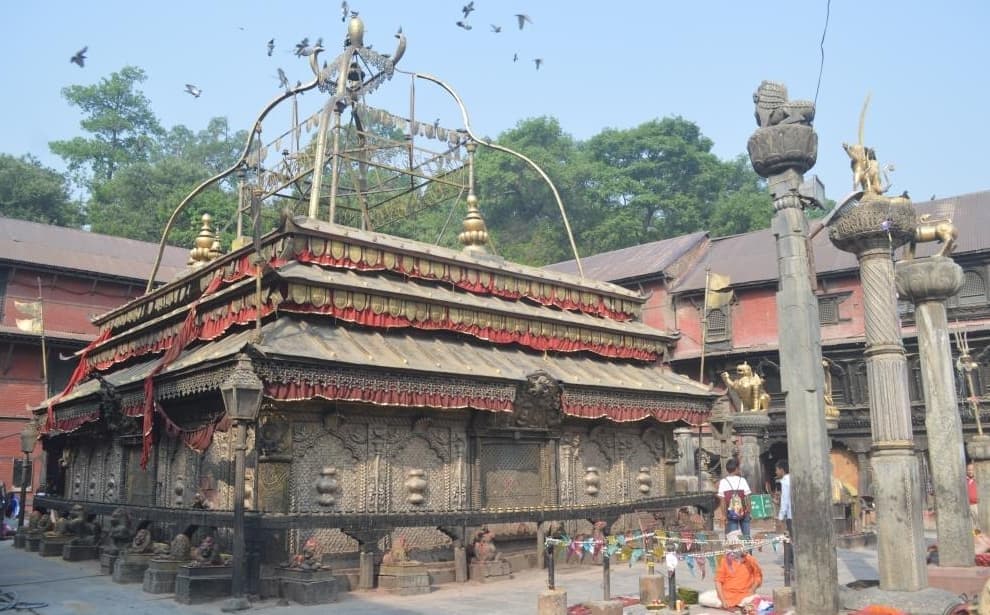
A lot of couples decide to get married at the well-known Guhjeshwari Mandir because they think getting married there will guarantee a happy and contented marriage. The significance of the temple stems from a moving legend about Shiva's first wife, Sati. The story tells of a grand puja that Sati's father, Daksha, arranged, during which he purposefully forgot to invite Shiva. Sati self-immolated in the sacrificial fire, feeling deeply insulted on behalf of her husband.
Deeply saddened, Shiva wandered the subcontinent in a state of blind mourning, leaving fragments of Sati's body in 51 hallowed places. It is thought that her reproductive organ fell at the Guhjeshwori Temple. The temple symbolizes the tragic yet profound story of Sati and Shiva and is of great cultural and religious significance. It draws couples looking for blessings on marriage.
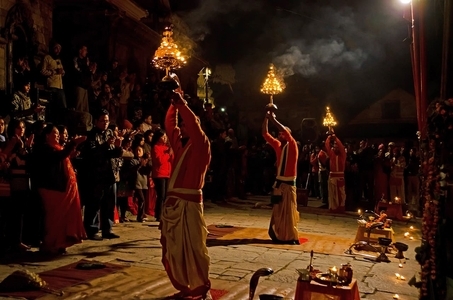
Immersing Evening Rituals
The Pashupatinath Temple's weekly arati is a profound and awe-inspiring experience that has the power to give you goosebumps. This evening ritual, which draws a large crowd eager to see the spiritual spectacle, is something many Indian visitors make a point of attending. Watching the arati at Pashupatinath Temple evokes the purest and most intense feelings within. Numerous priests gather to perform the ritual during this holy ceremony, armed with different ingredients for arati, while soul-stirring bhajans accompany them. The Pashupatinath Temple serves as a magnificent backdrop for this, and the Bagmati River flows nearby, adding to the meditative atmosphere. The riverbank ghat's profound setting enhances the whole experience. Taking part in the Pashupatinath arati as it offers a special chance to establish a strong sense of belief in the divine and to connect with your inner self. The arati's spiritual resonance leaves a lasting impression on the soul because it is a persistent force.
Our qualified guide is more than happy to go with you on this spiritual journey if you'd like to witness the profound beauty of the Pashupatinath arati. They will make certain that you see the ritual and learn more about its religious and cultural significance. Please get in touch with us so that we can set up a guided tour that will make your visit to Pashupatinath Temple unforgettable and enriching.
In conclusion, the Pashupatinath Temple's significance extends beyond its location and architectural design. It embodies a mythological and traditional spiritual journey. Each component tells a tale of transcendence, sorrow, and devotion, from its origins in Hindu mythology to the customs followed now. I suggest taking part in the arati ceremony and strolling about Pashupatinath's hallowed grounds if you want to really immerse yourself in the profound spiritual feelings of the temple.
Please contact Treklanders Adventures with any more questions you may have about tours, trekking, helitours, and other thrilling activities. Our goal is to provide you with memorable and distinctive travel experiences by carefully designing itineraries that align with your timetable. You can contact us by sending an email to [email protected] or by calling +977 9851019683 on Viber or WhatsApp. We look forward to working with you to make your tour to pashupatinath temple, which includes in heritage site tour , unforgettable and enriching.

Overview:This article guides you on the best time to go Everest Base Camp trek. If you are planning to embark on the Everest Base Camp trekking advent...
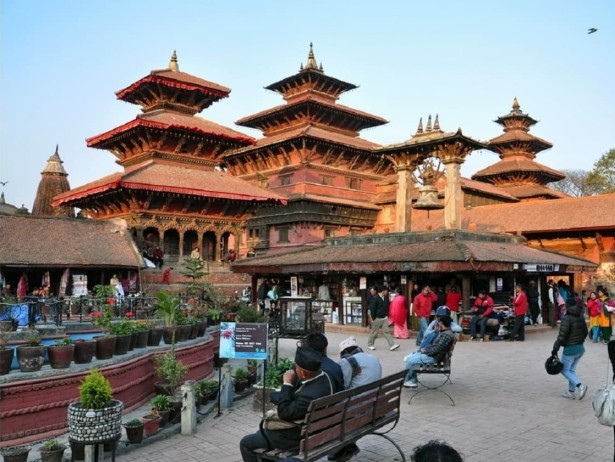
Introduction:Greetings from Nepal's thriving capital city, Kathmandu! Don't pass up the chance to check out some of this magical city's most captivati...

Annapurna Circuit short trek in 6 days is the shortest trek, designed to be completed in just 6 days. Although the standard duration for this trek is...
